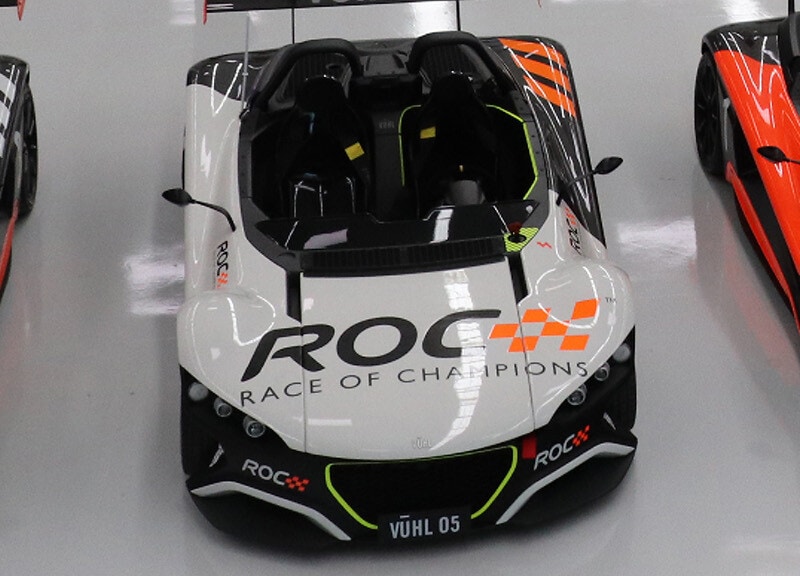
History of CNC Routers
Sep 17, 2015Given the utility of the router, along with the progression and development of power tools of all sorts, it’s no surprise that the router’s versatile and indispensable characteristics took it on a direct path into a merger with CNC technology, where it gained innumerable benefits and added its own to the synergy of the two technologies.
As far as naming convention goes, it’s actually the nature of the material that’s being cut that tends to denominate the tool and not the tool itself. In the realm of CNC machining centers, the same machine (depending upon machine design) can cut either light or heavy materials, in one case being popularly called a “CNC router”, in the other a “CNC mill.”
As the application of CNC technology began to expand across machining equipment, questions arose about the correctness of various names and the distinctions between various types of CNC equipment. In general CNC technology is the application of the fundamentals of numerically controlled machine movement design – the blending of electronic controls, program code which describes the movement through 2D or 3D Cartesian space, well designed and rigid machine support structures taking into consideration momentum, mass, torsion, and various other mechanical concerns, precision motion hardware for ways, guides, racks and pinions, ball screws, and an electro-spindle at the end of the machine mast appropriate to the cutting processes involved and considering the tooling requirements.